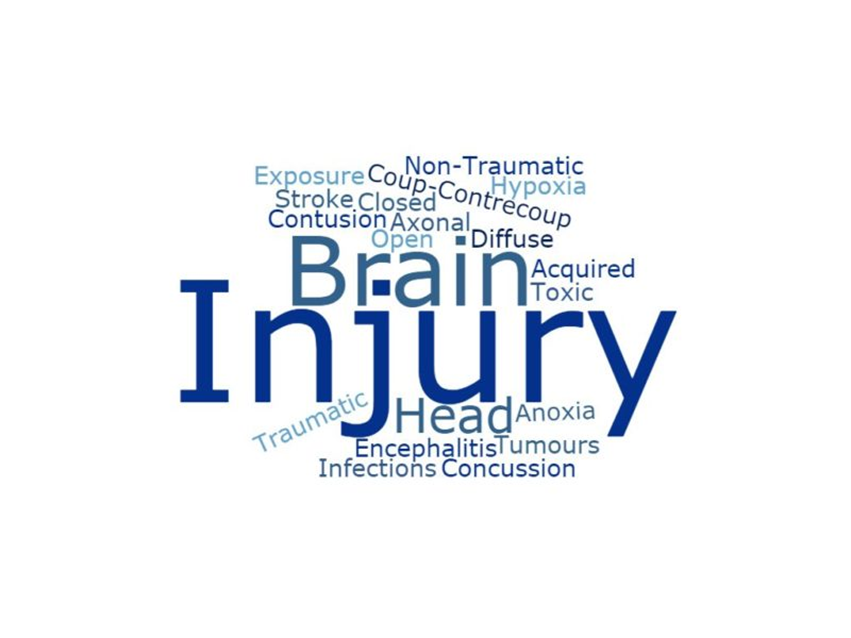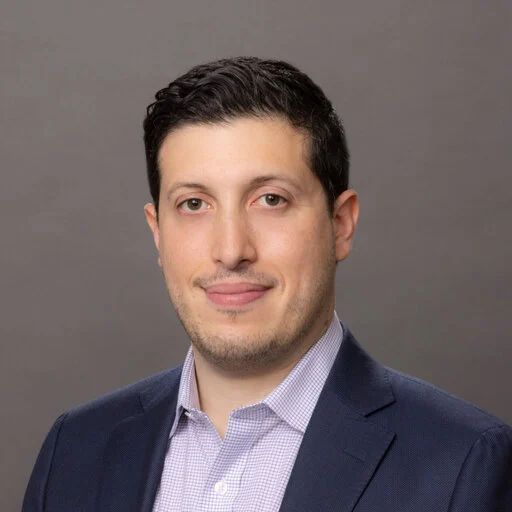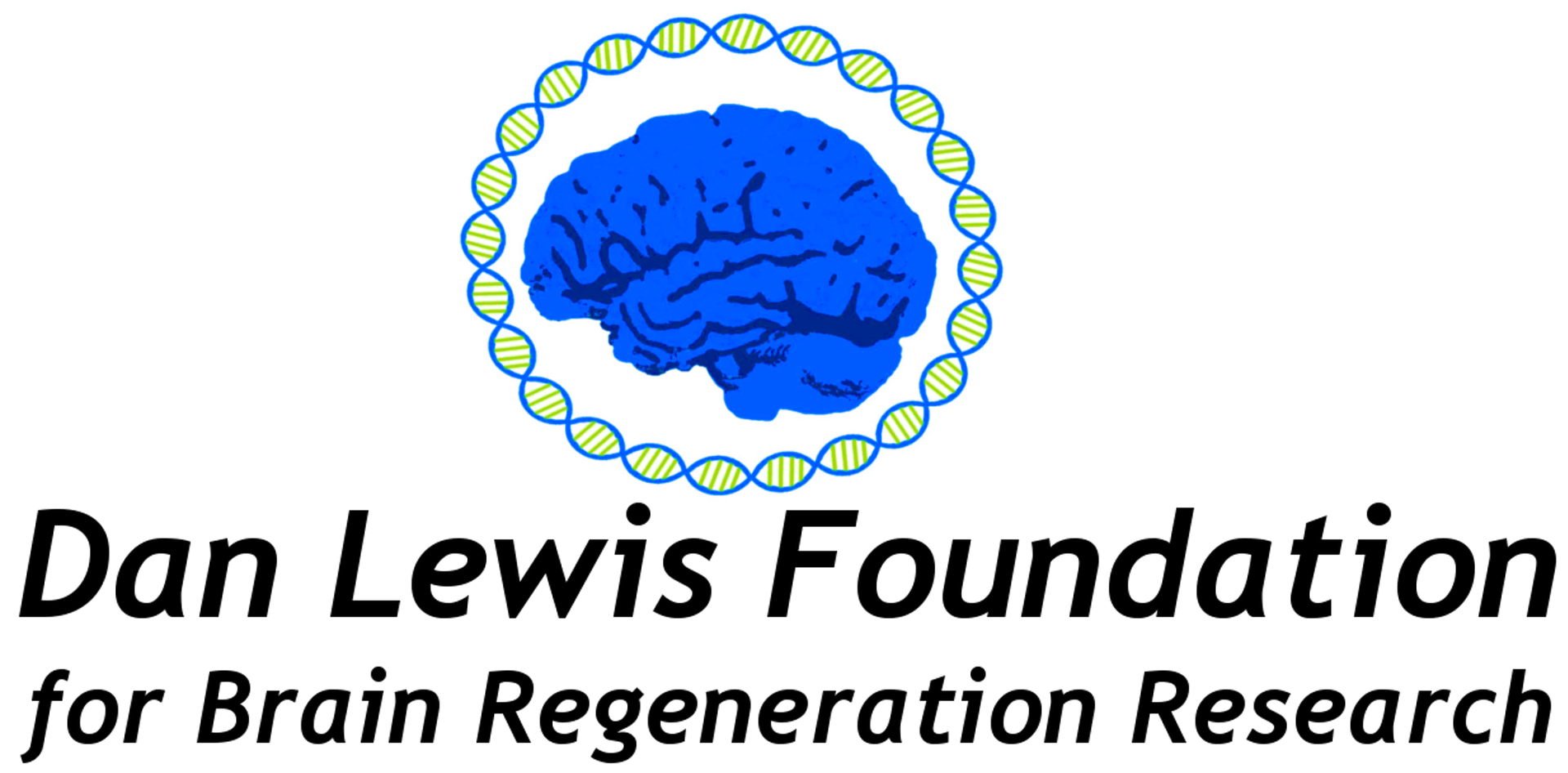
The medical care and medical research fields have traditionally classified brain injuries as either Acquired Brain Injuries (ABIs) or Traumatic Brain Injuries (TBIs). From a broad perspective, all brain injuries are “acquired,” except congenital disorders. But the terms ABI and TBI have each, over time, taken on specific definitions with different implications, which are discussed here.
The term ABI is usually applied to injuries caused by a wide range of factors including strokes, infections, tumors, anoxia (lack of oxygen to the brain, for instance, from drowning or choking), neurotoxic poisoning, drug overdose, aneurysms, seizures, electric shock, and other factors.
The term TBI is applied to injuries caused by an external force or physical blow to the head. Major TBI causes include falls, assaults, motor vehicle accidents, gunshot wounds, child abuse, domestic violence, military actions (blast injuries), and workplace injuries. Injuries to the brain caused by rapid extreme acceleration and deceleration of the brain within the skull (as can occur in cyclist vs. motor vehicle events or “shaken baby syndrome”) are also Perspectives on Classification of Brain Injuries considered TBIs.
The use of these classifications can be helpful to healthcare professionals in understanding the causes of an individual’s brain injury and in considering which diagnostic tests and treatments will likely be most beneficial. In research settings, the use of the terms ABI and TBI may facilitate better-designed protocols and lead to more reliable and interpretable findings regarding causes, risk factors, and treatments. Further, the lay public may benefit from understanding the different signs and symptoms that indicate an ABI versus a TBI and may gain a better appreciation of the importance of seeking timely medical attention when these signs appear.
The use of the terms ABI and TBI have received criticism as well. Categorizations, broad as the terms ABI and TBI are, can lead to overgeneralizing the symptoms and outcomes of brain injuries. The unique nature of the brain injury that any individual suffers and the evolving nature of the short-term and long-term consequences of that injury should not be obscured by a label. Additionally, a degree of stigmatization can occur by applying these labels. This can also be the case when brain injury severity labels—mild, moderate, severe-are used early in the course of an individual’s brain injury and endure for a long time despite changes in the individual’s status. Further, some studies have shown inequities in access to services, supports, and resources across different brain injury categories. More specifically, funding for services and resources, particularly government funding, is sometimes more favorable for those diagnosed with TBI than those diagnosed with ABI.
The DLF recognizes that the use of the terms ABI and TBI has different implications in different contexts. This is true for the brain injury severity ratings (“mild,” “moderate,” and “severe”) as well. The idea that these labels may be more or less beneficial depending on context and the constituency group being addressed appears to be consistent with the stance taken by the Brain Injury Association of America. The DLF supports using the more general and simpler term “brain injury” in the context of dissemination of information, referral to resources, and advocating for individuals with brain injury and their families. However, as an organization that aspires to catalyze basic research into biomolecular medicines, technological advances, and other biomedical innovations that promote regeneration of the damaged brain, we recognize that classification and clear specification of research protocols are necessary for building a reliable and progressive knowledge base.


